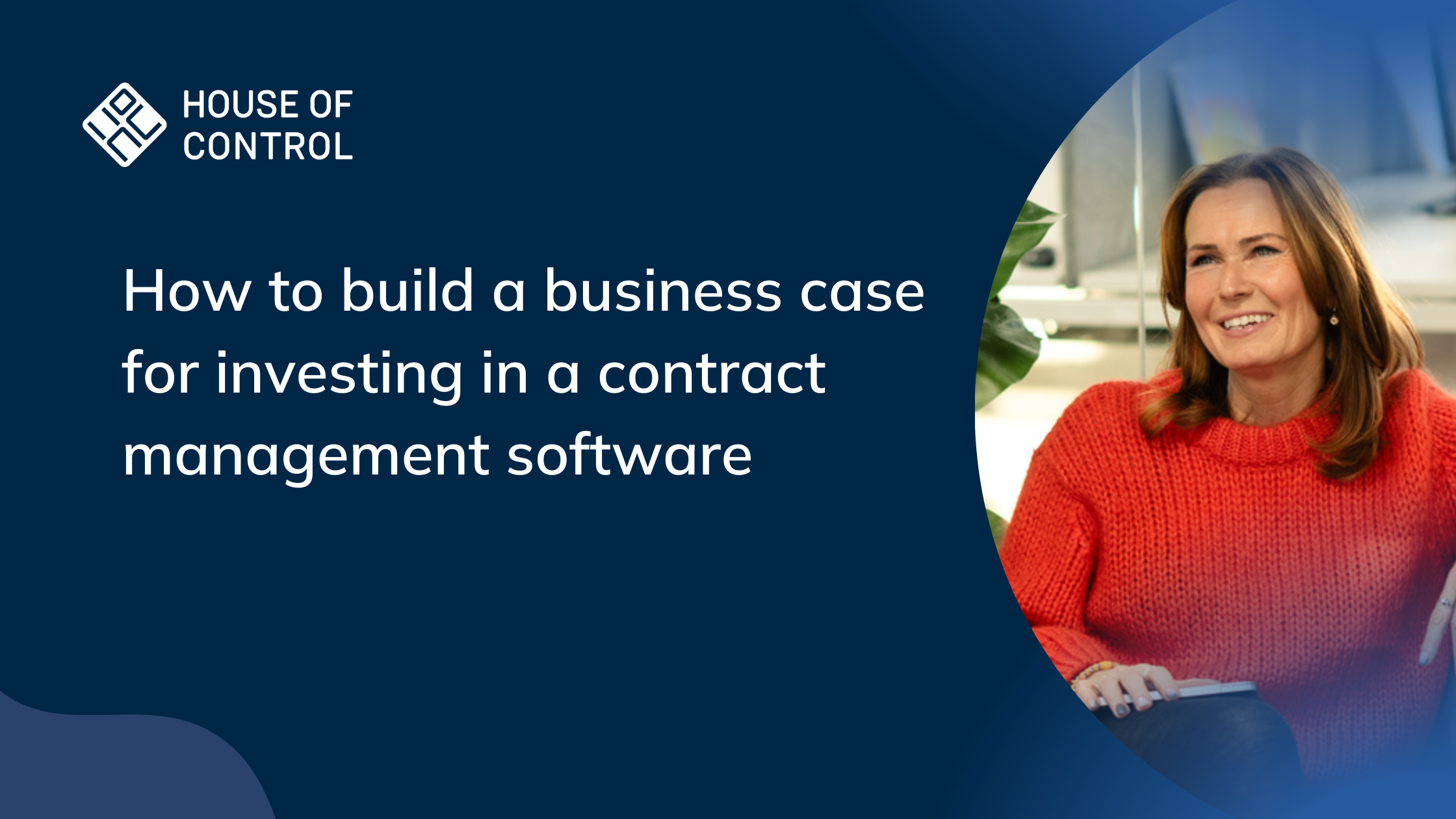6 churn questions SaaS CFOs want answered
Churn is an essential part of our new subscription management software because it is a core metric for SaaS (software as a service) financial health. But measuring churn isn't as straightforward as it might seem. Why is it difficult to measure? What pitfalls should you look out for? And, how will our subscription management software simplify churn measurement from financial and accounting perspectives?

What is churn?
Churn rate measures the number of customers who cancel or fail to renew their subscription at the end of a defined subscription period.
Churn is particularly important for recurring revenue business models, because it directly translates into lost business.
At House of Control, we’re passionate about measuring churn because it helps us understand the reasons for revenue growth or contraction. From there, we can implement programs to prevent churn and build customer retention.
According to Viking Venture, State of the Cloud 2020 – Nordic edition, the average churn rate is 10% and the top performers have churn of 2%.
Types of churn
Last year we worked with external partners on a full-scale project to understand the root causes of churn and improve our value propositions.
Not only did the project help us improve retention rate, it also gave us valuable insights into how software applications should support SaaS companies in their quest to measure, understand and report churn.
These learnings are being incorporated into the development of our new SaaS subscription management software.
One of our findings, for example, was that although measuring churn is essential for forecasting, it's also important to know the underlying reasons why customers cancel their subscriptions.
Therefore, a key feature of our new subscription management system is categorizing data according to ‘reason for churn’.
Different people use different terms, but in general the main types are:
- Termination: Customer cancels the entire full agreement. Possible reasons are they are unhappy with the product or reducing their costs.
- Contraction (reduction): Customer reduces the number of users, removes add-on products, or downgrades to a lower pricing tier.
- Industrial churn: This is also a form of churn, but it is almost impossible to prevent. This happens because companies go bankrupt or merge and their systems become redundant.
When revenue loss is categorized properly, it's much easier to know how to prevent it from happening.
6 Common churn questions
When our product developers interviewed B2B SaaS companies, we found sales, customer service and finance departments think about churn from several angles.
There wasn't two companies who thought about churn in exactly the same way, but there were some common questions they were looking to answer:
- How much is the reduction or loss (both in terms number of customers and value)?
- Which customers are in notice period, but not churned yet?
- What is the reason for revenue loss?
- Which products have the highest churn rate?
- What stage did churn occur in the customer lifecycle?
- How (what timing) should loss be reported in financial statements?
Part of our homework after the interviews was to look at the design of our subscription software to determine how it can best answer these questions.
How to get THE answers
For businesses who want to monitor and understand churn (or any change in revenue), a subscription management system is key.
The software should support you in several ways:
- It must capture and report the right data for the right time frames. For example, it's important to measure both a) the time the customer cancels their subscription, and b) the time the cancellation will have an effect on the figures. If you receive a cancellation 5 months after signing, but the contract is valid for 36 months, the effect will occur 2,5 years later.
- Make sure any subscription management system you choose automatically spreads recurring revenues (and revenue loss/churn) across the correct period of time and adjusts forecasts. Many solutions on the market fail to do this automatically, leaving you with a lot of manual work.
- Ensure you can report on ‘reason for churn’ so you get ideas about how to prevent revenue loss.
- It should be possible to break down recurring revenue (MRR and ARR) and deliver reports that will help you analyze churn and revenues from managerial and financial angles. You should also be able to generate detailed KPI graphs and charts to help you analyze revenues and identify growth opportunities.
- To avoid churn it is helpful to get a notification when customers are likely to cancel or downgrade their subscription - before it actually happens. This can be done for example, by monitoring how customers use your product or services and warning you about changes in behavior.
By properly matching subscription management solution to your requirements, businesses will be able to quickly, concisely and accurately answer questions from the board, management team or owners.


